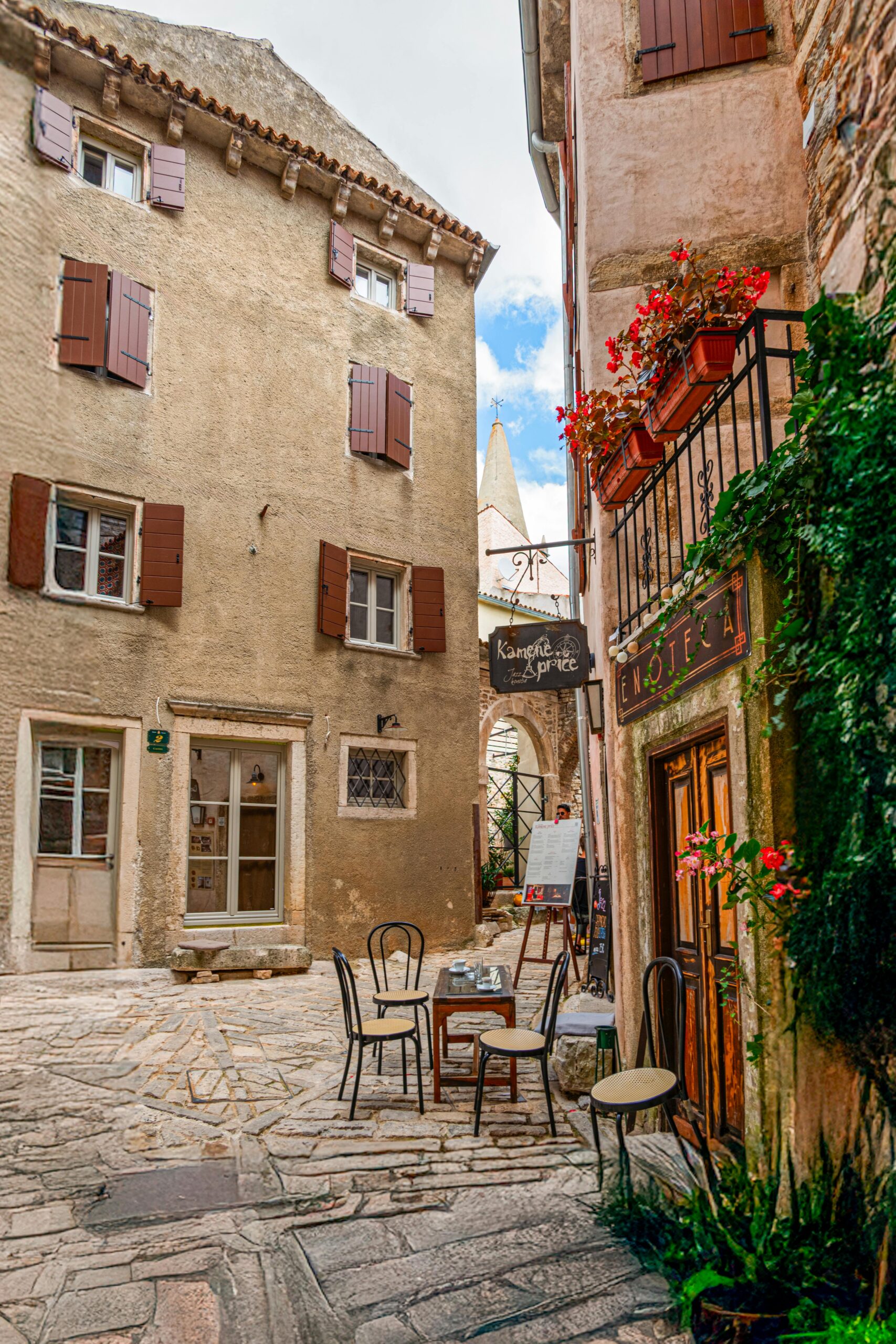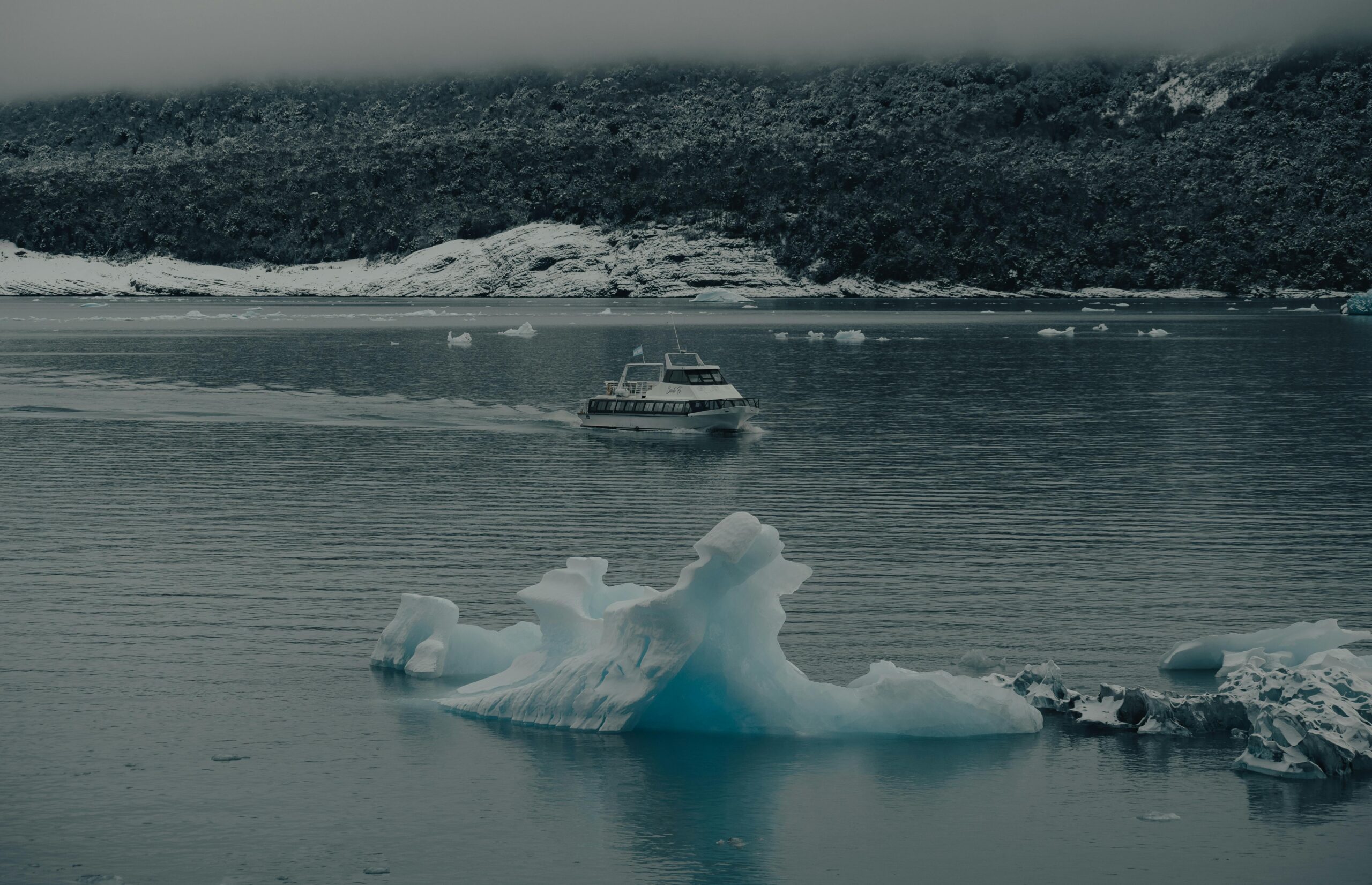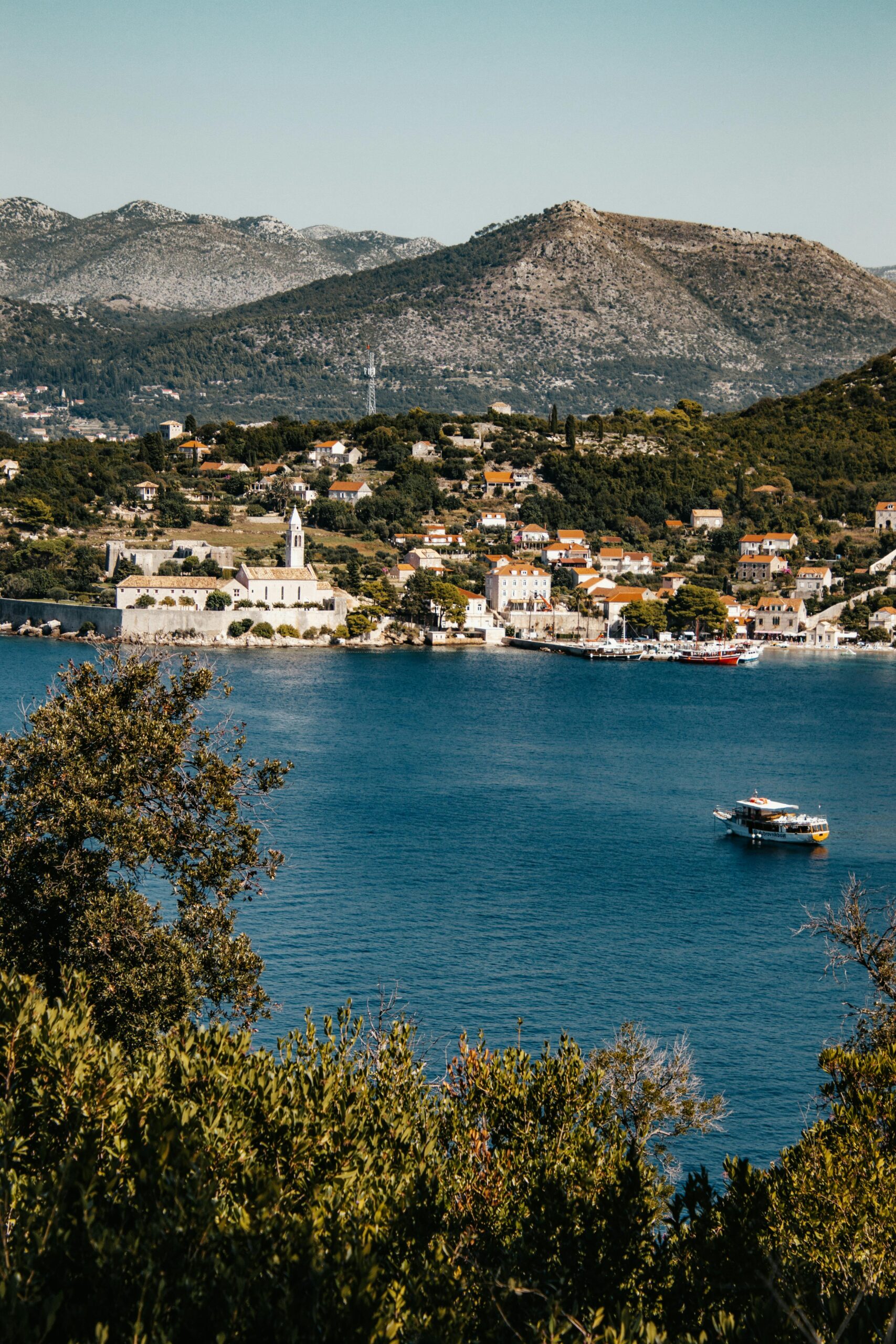In a fast-paced world dominated by screens, deadlines, and constant noise, the allure of a tranquil island getaway has never been stronger. Island escapes offer the perfect opportunity to unwind, disconnect, and rediscover inner peace amidst natural beauty and serenity. From crystal-clear lagoons to lush tropical jungles, these havens promise more than just a vacation—they offer renewal for the mind, body, and soul.
In this article, we’ll explore some of the most peaceful island retreats across the globe, where time slows down, and every sunrise feels like a gentle invitation to simply breathe.
1. Maldives – Serenity in the Indian Ocean
The Maldives, a paradise of over 1,000 coral islands, is the epitome of luxury and tranquility. Known for its turquoise waters, overwater villas, and colorful marine life, it’s the ultimate destination for those seeking solitude in a breathtaking setting.
Visitors can spend their days snorkeling with manta rays, enjoying world-class spa treatments, or simply lounging on a private deck suspended over the sea. The sound of gentle waves and the sight of endless horizons create a perfect atmosphere for relaxation.
Why visit: Private luxury, clear waters, and unmatched romantic ambiance.
Best time to go: November to April.
2. Bora Bora, French Polynesia – The Jewel of the Pacific
Often called the “Pearl of the Pacific,” Bora Bora is a dreamlike escape surrounded by a turquoise lagoon and a barrier reef. Towering Mount Otemanu rises majestically from the center of the island, offering a stunning backdrop for sunsets and morning views.
Bora Bora’s calm lagoons make it ideal for kayaking, paddleboarding, and swimming. The island’s intimate resorts and thatched-roof bungalows provide privacy and comfort, making it a top choice for honeymooners and peace-seekers alike.
Why visit: Iconic lagoon views, peaceful waters, and luxury resorts.
Best time to go: May to October.
3. Seychelles – Nature’s Perfect Balance
Located off the eastern coast of Africa, Seychelles is a collection of 115 islands, each offering something unique. It’s a paradise for nature lovers—where white-sand beaches meet lush rainforests and granite cliffs.
Praslin Island, home to the UNESCO-listed Vallée de Mai, is a must-see for those who want to immerse themselves in tropical flora and fauna. Meanwhile, La Digue Island, with its laid-back charm and bicycle-friendly roads, invites travelers to slow down and savor the moment.
Why visit: Unspoiled nature, eco-luxury lodges, and biodiversity.
Best time to go: April, May, October, or November.
4. Santorini, Greece – A Sunset Lover’s Paradise
Perched on the cliffs of the Aegean Sea, Santorini is a vision of whitewashed houses, blue-domed churches, and breathtaking sunsets. While it’s a popular destination, there are still corners of peace for those who know where to look.
Villages like Pyrgos and Megalochori offer a quieter atmosphere away from the bustling streets of Oia. Here, you can sip local wine, enjoy fresh Mediterranean cuisine, and take in views that seem painted by the gods.
Why visit: Iconic views, romantic atmosphere, and historic charm.
Best time to go: April to June or September to October.
5. Palawan, Philippines – The Last Frontier
Palawan is often called the “last ecological frontier” of the Philippines. With its emerald lagoons, hidden caves, and pristine beaches, it’s a haven for travelers seeking solitude in nature’s embrace.
El Nido and Coron are two of the most stunning destinations on the island, featuring limestone cliffs, secret lagoons, and vibrant coral reefs. Island-hopping tours reveal untouched beaches and peaceful coves where you can swim, kayak, or simply bask in silence.
Why visit: Stunning natural beauty, affordability, and tranquility.
Best time to go: November to May.
6. Bali, Indonesia – The Island of the Gods
Though Bali is known for its vibrant culture and nightlife, it also offers serene escapes for those in search of peace. Ubud, in the island’s lush interior, is the heart of wellness tourism, offering yoga retreats, meditation centers, and holistic healing experiences.
The island’s beaches, such as Amed and Nusa Lembongan, provide calm waters and a slower pace of life. Whether you’re practicing sunrise yoga or exploring terraced rice fields, Bali rejuvenates the spirit like no other place.
Why visit: Spiritual energy, natural beauty, and cultural richness.
Best time to go: April to October.
7. Fiji – Where Happiness Finds You
Fiji’s slogan, “Where Happiness Finds You,” perfectly captures the essence of this South Pacific paradise. With over 300 islands, Fiji offers countless opportunities for relaxation, adventure, and authentic cultural experiences.
The Yasawa and Mamanuca Islands are known for their quiet resorts, friendly locals, and clear waters ideal for snorkeling and diving. The Fijian concept of bula—a warm, welcoming spirit—makes every visitor feel at home.
Why visit: Friendly culture, secluded beaches, and tropical bliss.
Best time to go: May to October.
8. Mauritius – A Harmony of Cultures and Landscapes
Mauritius, located in the Indian Ocean east of Madagascar, is more than just a beach destination. Its combination of cultural diversity, scenic landscapes, and luxury resorts makes it a perfect island for relaxation and exploration.
Visitors can explore botanical gardens, hike through Black River Gorges National Park, or unwind on powdery beaches with turquoise waters. The island’s blend of Indian, French, and Creole influences adds a unique charm to its cuisine and lifestyle.
Why visit: Diverse culture, luxury resorts, and adventure opportunities.
Best time to go: May to December.
9. The Cook Islands – A True Escape from Modern Life
If you dream of an island that feels untouched by time, the Cook Islands are your answer. Located between New Zealand and Hawaii, these islands offer a laid-back atmosphere, with friendly locals and stunning landscapes.
Rarotonga and Aitutaki are the main attractions—Rarotonga boasts lush mountains and local markets, while Aitutaki’s lagoon is considered one of the most beautiful in the world. Internet access is limited, which only adds to the charm of disconnecting completely.
Why visit: Authentic island life, quiet beaches, and digital detox.
Best time to go: April to November.
10. Maldives of Europe – The Azores, Portugal
For travelers seeking an island retreat closer to Europe, the Azores archipelago is an underrated gem. Located in the mid-Atlantic, these volcanic islands are rich in natural beauty—crater lakes, thermal springs, and lush valleys.
The Azores are ideal for eco-conscious travelers who love hiking, whale watching, and exploring untouched nature. With sustainable tourism at its heart, the Azores offer serenity and adventure in equal measure.
Why visit: Natural landscapes, sustainability, and peaceful ambiance.
Best time to go: May to September.
Why Island Escapes Are More Important Than Ever
In a post-pandemic world, people are rediscovering the value of slowing down and connecting with nature. Island retreats offer the space to reflect, rejuvenate, and reset away from the chaos of urban life.
Whether you’re floating in a turquoise lagoon or walking barefoot on a deserted beach, islands have a unique power to restore balance and bring a sense of clarity that modern life often takes away.
Tips for Planning Your Island Getaway
-
Choose your pace: Decide whether you prefer total seclusion or light adventure activities.
-
Sustainable travel: Opt for eco-friendly resorts that protect local environments.
-
Timing matters: Visit during the dry or shoulder seasons to avoid crowds.
-
Disconnect to reconnect: Limit digital use to truly immerse in the natural surroundings.
-
Embrace local culture: Learn about the island’s traditions, cuisine, and customs.
Conclusion
An island escape isn’t just a vacation—it’s a return to simplicity and stillness. Whether you’re drawn to the coral atolls of the Maldives, the volcanic peaks of the Azores, or the lush greenery of Palawan, each island offers a sanctuary for the soul.
As travel in 2025 continues to emphasize wellness and mindfulness, island getaways stand out as the perfect antidote to the modern world’s constant rush. So, pack lightly, leave your worries behind, and let the rhythm of the waves guide you toward peace.




